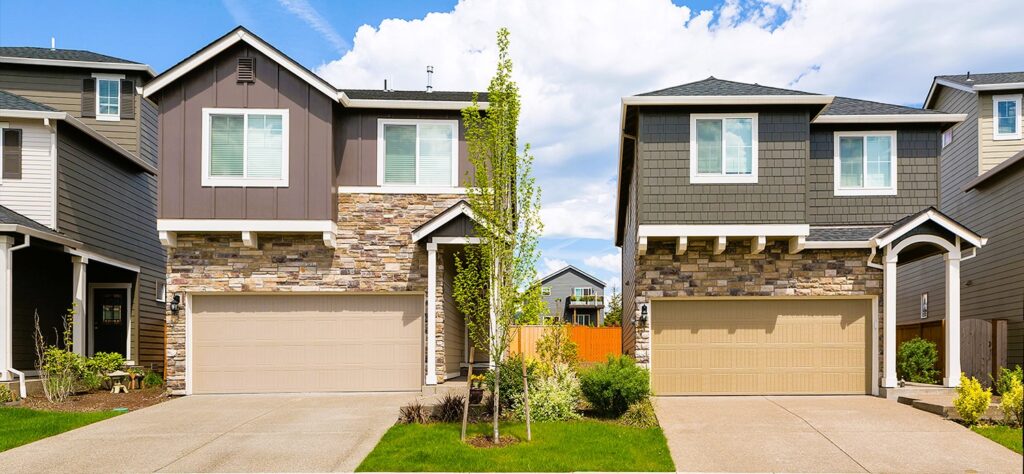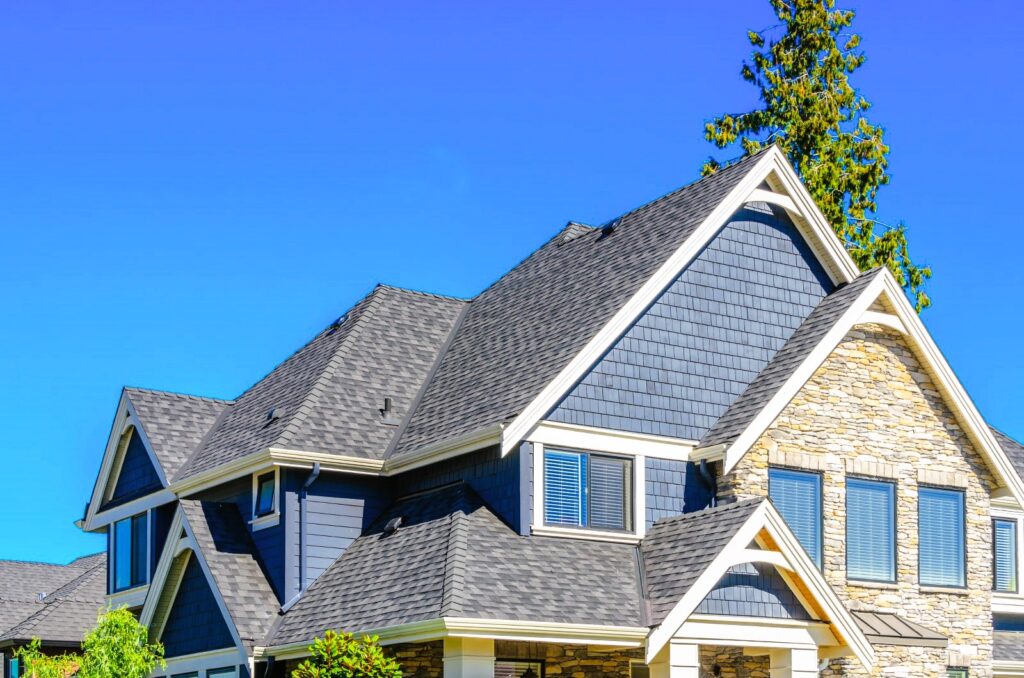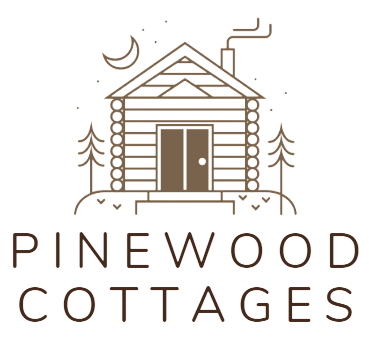The roof of a cottage is not only a functional element that provides shelter and protection; it’s also a significant architectural feature that defines the cottage’s style and character. The choice of roof style can impact not only the cottage’s aesthetics but also its functionality and suitability for different climates. In this article, we’ll explore various cottage roof styles, including gable, hip, and more, to help you understand the options available and make an informed decision for your cottage.
1. Gable Roof
Overview:
The gable roof is one of the most recognizable and common roof styles. It features two sloping sides that meet at a central ridge, forming a triangular shape at the end walls. This classic design is often associated with traditional cottages.
Pros:
- Aesthetic Appeal: Gable roofs provide a timeless and charming appearance that suits various architectural styles.
- Attic Space: The steep slope of gable roofs allows for ample attic or storage space, making them practical for cottages.
- Rain and Snow Shedding: Gable roofs efficiently shed rain and snow, preventing moisture-related issues.
Cons:
- Wind Vulnerability: Gable roofs can be susceptible to wind damage in areas prone to high winds, especially if not properly braced.
- Limited Shade: The triangular gable end walls can limit the amount of shade provided by the roof.
2. Hip Roof

Overview:
Hip roofs are characterized by slopes on all four sides, meeting at a ridge. The lines are less steep than those of gable roofs, creating a more subtle and uniform appearance. Hip roofs are known for their stability and suitability for various architectural styles.
Pros:
- Stability: Hip roofs are stable and can better withstand high winds and heavy snow loads.
- Uniform Appearance: The symmetry of hip roofs creates an elegant and balanced look that complements many cottage designs.
- Energy Efficiency: The overhanging eaves of hip roofs provide shade, contributing to energy efficiency. Do you like the article? Read also about Customizing Your Cottage.
Cons:
- Cost: Hip roofs can be more complex to build than gable roofs, potentially leading to higher construction costs.
- Limited Attic Space: The inward slope of the roof reduces attic or storage space compared to gable roofs.
3. Gambrel Roof
Overview:
Gambrel roofs have a distinct shape with two slopes on each side, resembling a barn roof. They provide more headroom on the upper level, making them suitable for cottages with loft spaces or second-story living areas.
Pros:
- Ample Space: Gambrel roofs offer more interior space on the upper level due to their steep lower slope.
- Unique Appearance: The distinctive shape adds character and charm to cottages.
Cons:
- Complexity: Gambrel roofs can be more complex to construct than simpler roof styles.
- Maintenance: The steeper slopes may require more frequent maintenance, especially in areas with heavy snowfall.
4. Mansard Roof
Overview:
Mansard roofs are characterized by their steeply sloped sides and a flat or gently sloping top. They are often seen in French-inspired architecture and can create a unique and elegant appearance for cottages.
Pros:
- Versatility: Mansard roofs allow for flexible use of attic space and are well-suited for cottages with multiple levels.
- Aesthetic Appeal: The classic and ornate look of mansard roofs adds sophistication to cottages.
Cons:
- Complexity: Like gambrel roofs, mansard roofs can be complex to construct and may require more maintenance.
- Cost: The intricate design of mansard roofs can result in higher construction costs.
5. Shed Roof

Overview:
Shed roofs are characterized by a single, sloping surface that slants in one direction. They are a simple and modern roof style often used in contemporary and minimalist cottage designs.
Pros:
- Minimalist Design: Shed roofs offer a clean and uncluttered aesthetic that suits modern cottage architecture.
- Efficiency: They are straightforward to construct and can be cost-effective.
Cons:
- Limited Space: Shed roofs provide limited attic or storage space compared to other styles.
- Rain Shedding: The slope of shed roofs can create heavy water runoff, which may require proper drainage solutions.
Choosing the Right Roof Style
The choice of roof style for your cottage should align with your architectural preferences, budget, and regional climate considerations. Additionally, you should ensure that the selected roof style complies with local building codes and regulations to meet safety standards.
To explore more information on roof styles, construction standards, and architectural guidelines, you can visit Canada.ca for relevant resources and regulations.
In conclusion, the roof style of your cottage is a crucial element that impacts both its appearance and functionality. Each roof style has its unique advantages and considerations, so take the time to assess your needs and preferences carefully. By selecting the right roof style for your cottage, you can enhance its overall appeal and create a welcoming and comfortable retreat that reflects your personal style.

